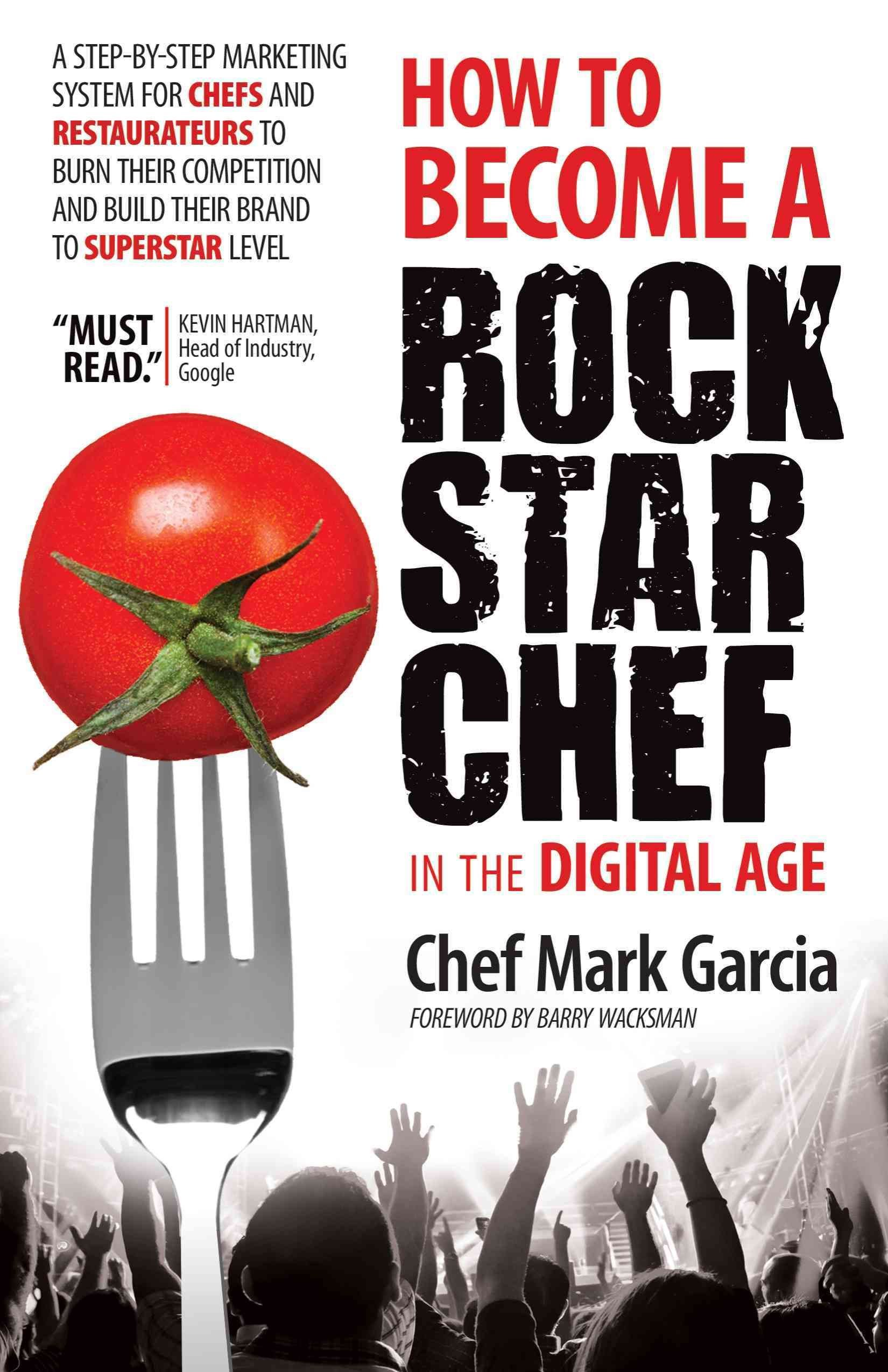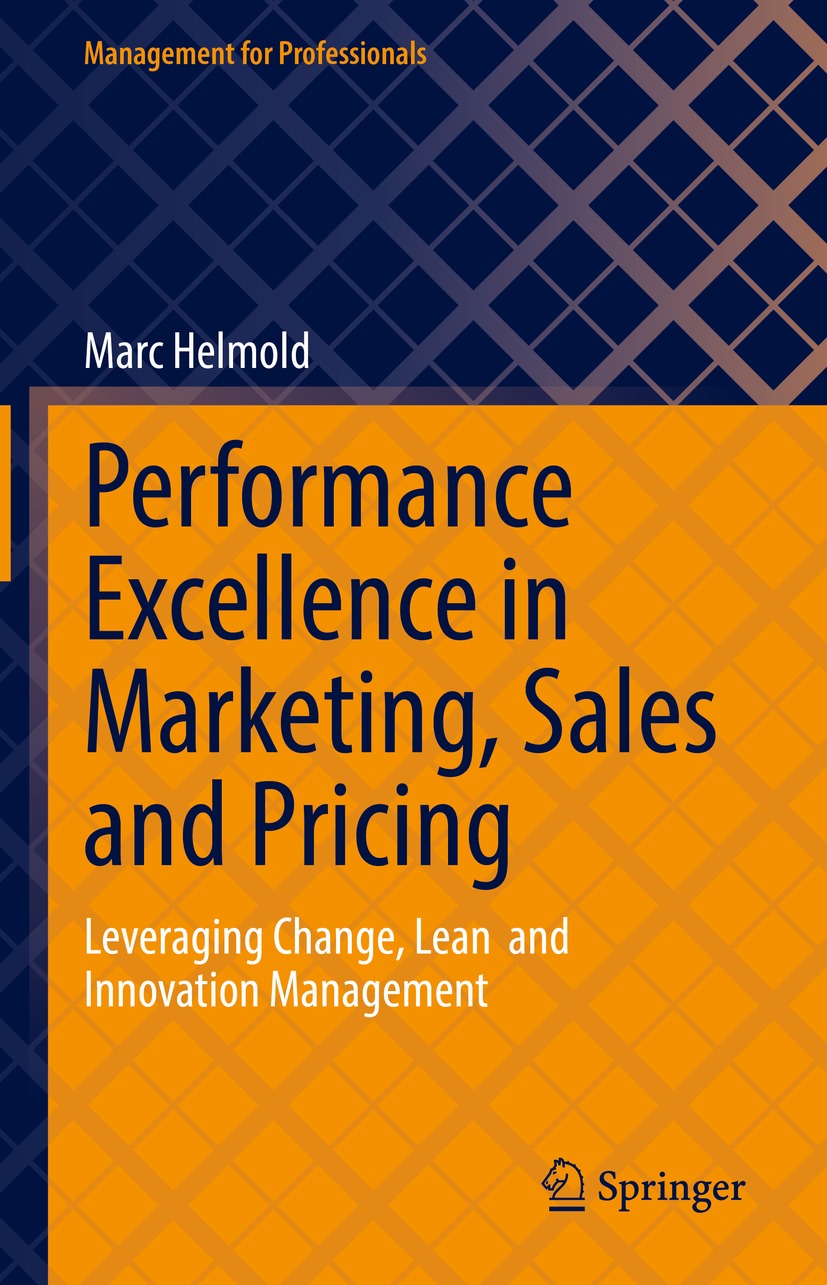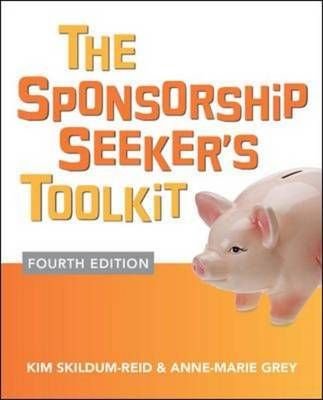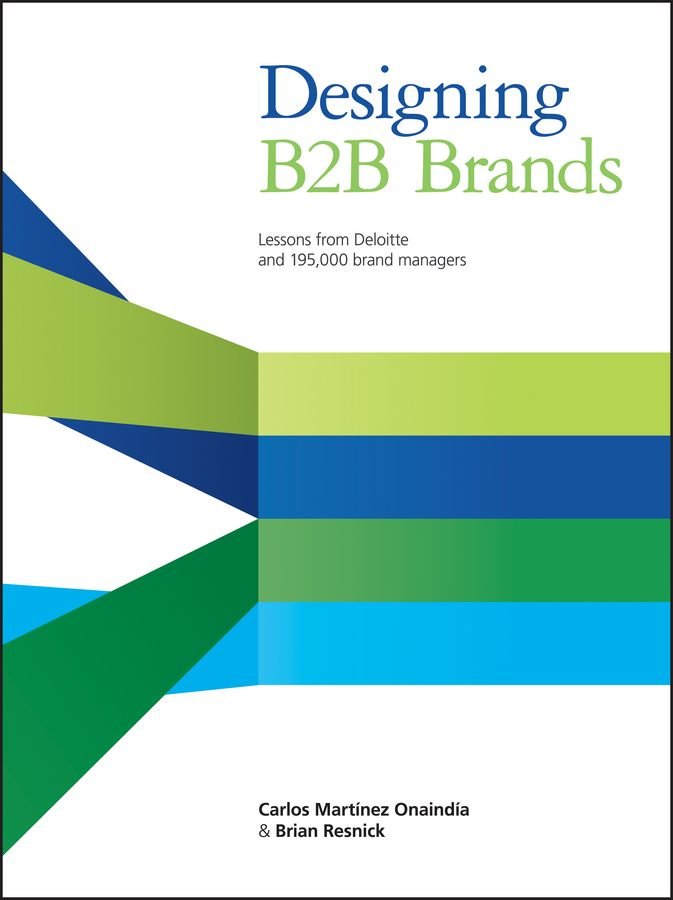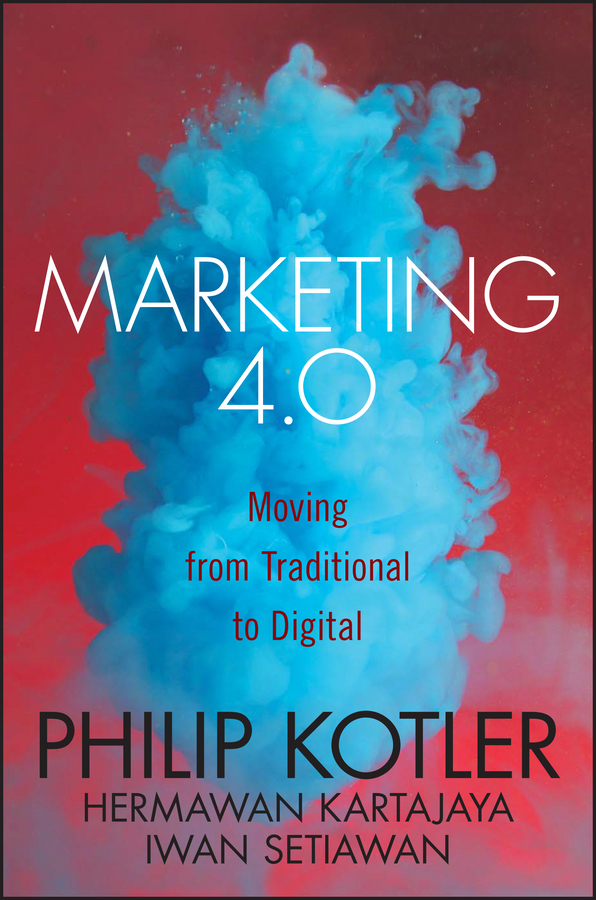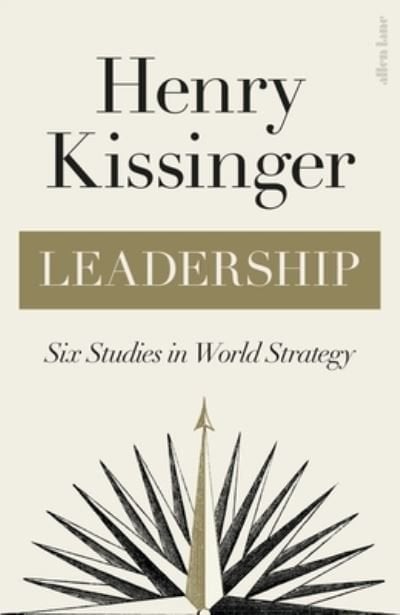with the issues involved in the management of salmon fishing. farming and ranching and the implications for production costs and the availaÂ- bility of supplies. Chapters 6 and 7 investigate processing. marketing and distribution and Chapter 8 discusses the workings of salmon markets and the main factors affecting the demand for salmon. Finally. chapter 9 summarises the main findings of the study and considers the issues likely to define the future of the industry. The main interest of the book is in salmon sold commerÂ- cially and mention is only made in passing of the rather different. though important. issues involved in the management of sport or recreation fisheries. This book does not cover all species of salmon but concentrates on the main species of current commercial significance. These are the five commercially important species of Pacific salmon all of which belong to the single separate genus ONCORHYNCHUS together with SALMO SALAR. the Atlantic salmon. The related SALMO GAIRDNERI (rainbow trout) and SALMO TRUTTA (brown troutl seatrout) are outside the scope of the book. although since these compete closely with salmon. the relationship is discussed. 1.2 THE SALMON: LIFE CYCLE AND SPECIES The family salmonidae is indigenous to the Northern Hemisphere and is found from the temperate zone northwards to beyond the Arctic Circle. 1n both Pacific and Atlantic waters. They are not· native to the Southern Hemisphere but have been successfully introduced into New Zealand. into Argentina. Venezuela and more recently Chile and the Kerguelen Islands.

